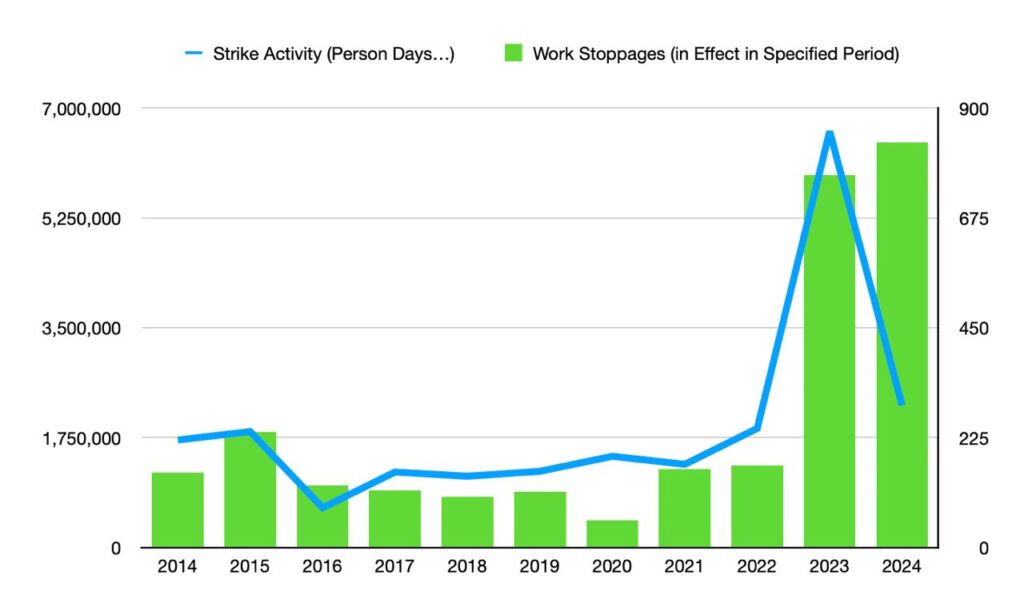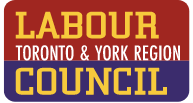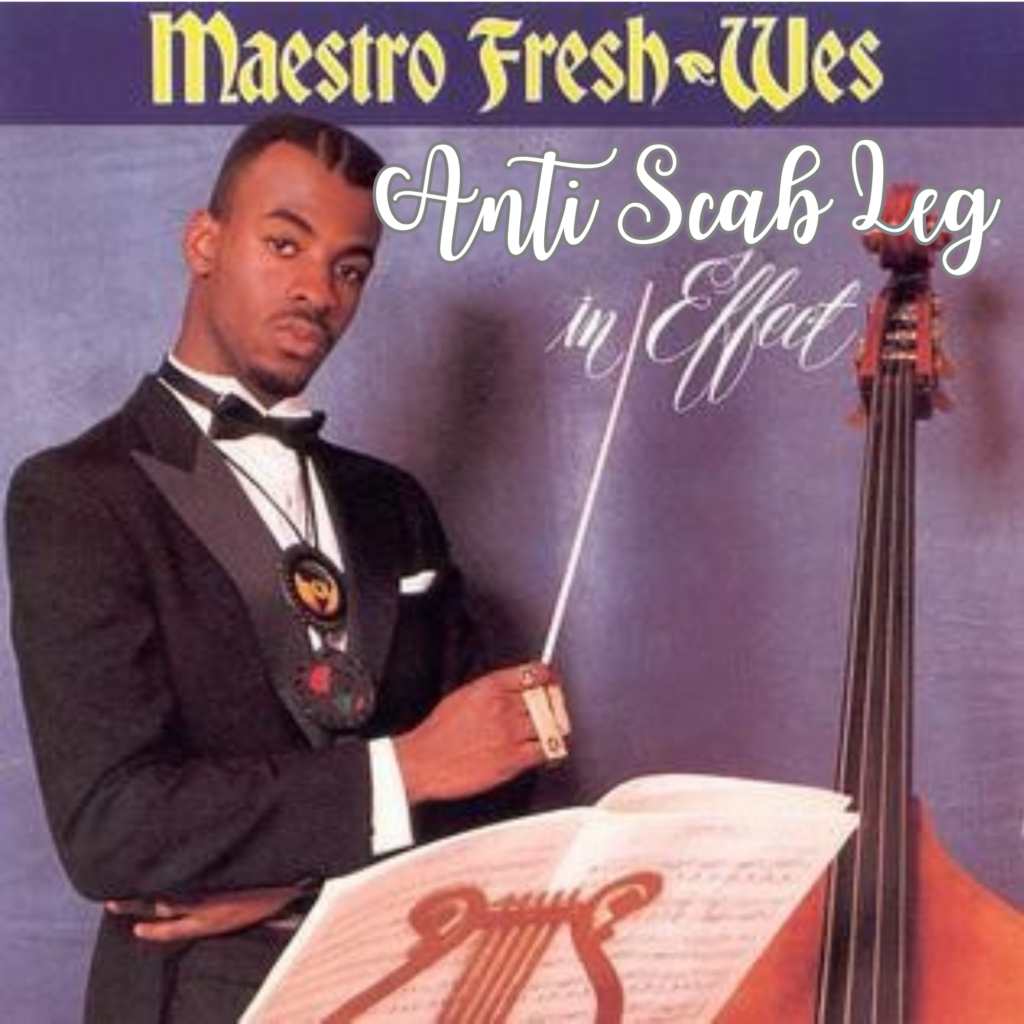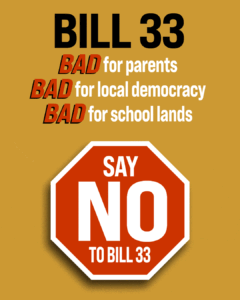As of June 20th, the federal government has banned the use of scabs (replacement workers) in federally regulated workplaces.
After decades of work by the labour movement, the federal NDP was finally able to extract anti-scab legislation from the Liberals as part of the supply and confidence agreement from the last parliament. Now we need the same legislation in Ontario.
The use of scab labour completely warps labour relations in favour of employers. A strike is supposed to cause pain for both an employer (who loses profit and business) and employees (who lose wages and benefits) in the hopes of pushing both sides towards bargaining a fair deal. Scab labour allows employers to keep making money and keep operations going favouring the employer and undermining the effectiveness of a strike.
It’s why unions and workers hate scabs. To quote Jack London’s The Scab, the corporate sectors use of scab labour “breaks strikes and causes all the trouble.”

Banning scab labour means that employers remain motivated to bargain a deal, reducing the length of strikes. In 2021, Unifor ran a study and found that labour stoppages lasted about 43 days when no scabs were used, but a whopping 265 when they were allowed.
With strikes increasing dramatically in Canada, banning scab labour is a well-timed victory. Both Quebec and BC have already banned scab labour provincially for decades, with the new Federal ban applying to about 5 percent of the workforce, mostly in federal transport, banking, telecommunications and the federal public service. The good news is that federally regulated private sector is twice as likely to be unionized than the provincial private sector meaning the bill has already had an immediate impact.

DHL Express Canada, a delivery company, locked out Unifor employees earlier this month (June 2025) and started using scab labour to break the strike. Before the implementation of the anti-scab legislation on June 20th, DHL unsuccessfully sought a special exemption from the federal government that would have allowed it to continue using scabs.

Five days after the ban came into effect, unable to use scab labour, DHL and Unifor reached a tentative agreement.
Sadly, the same protections don’t extend to provincially regulated Ontario workers. CUPE 5525 workers at Villa Colombo Community Services are on strike (see below) as of writing after two years of collective bargaining fell apart four weeks ago. Their employer, Villa Colombo, has completely disengaged from bargaining since the strike began after employing scab labour to try and break the strike to cut employee benefits.
The Ontario NDP called for the introduction of anti-scab provincial legislation on June 20th, when federal legislation came into effect. In the 1990’s, Ontario’s NDP government banned scabs. Mike Harris’ Conservative government repealed the ban immediately after forming government. For now, the use of scab labour in Ontario remains legal.
There’s more work to be done. Facing democratic attacks at every level the labour movement needs to renew it’s push for equal protections for working people that work for us and not the bosses.





